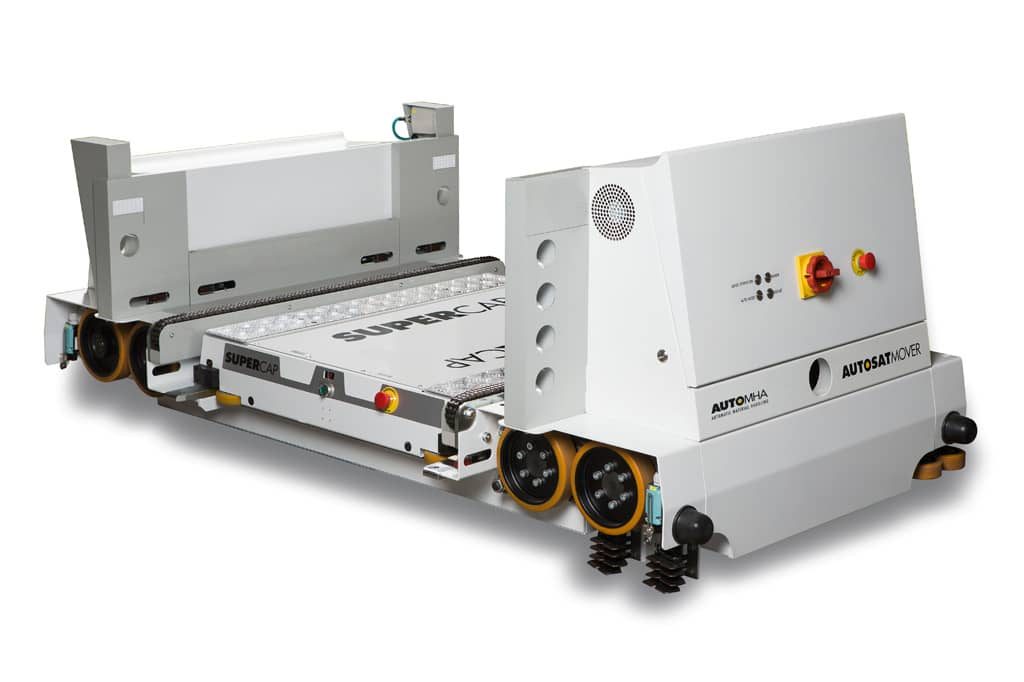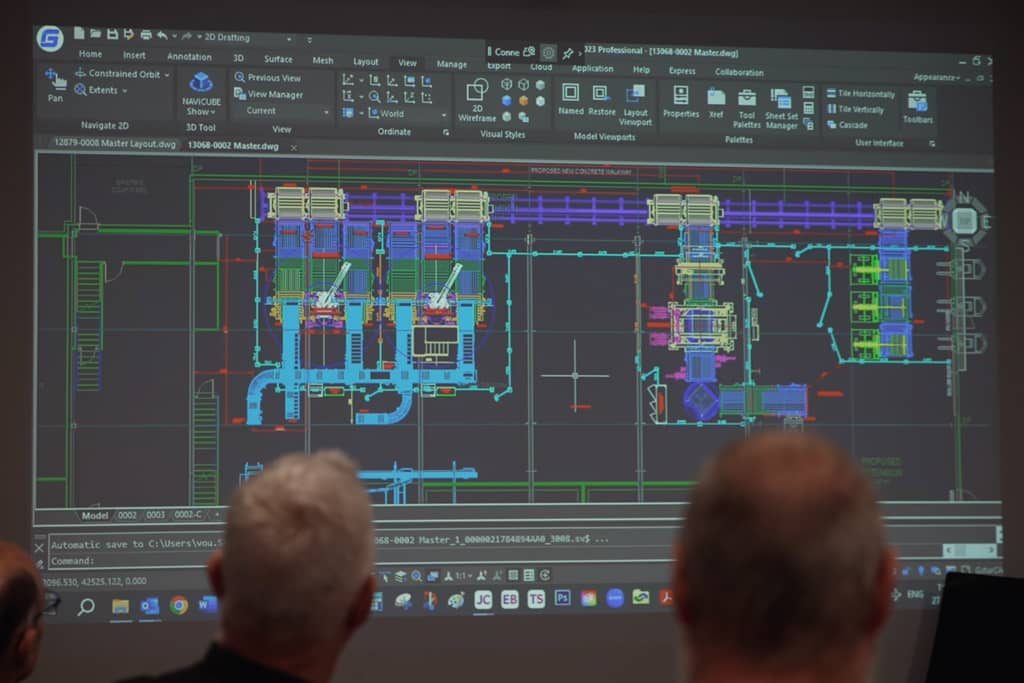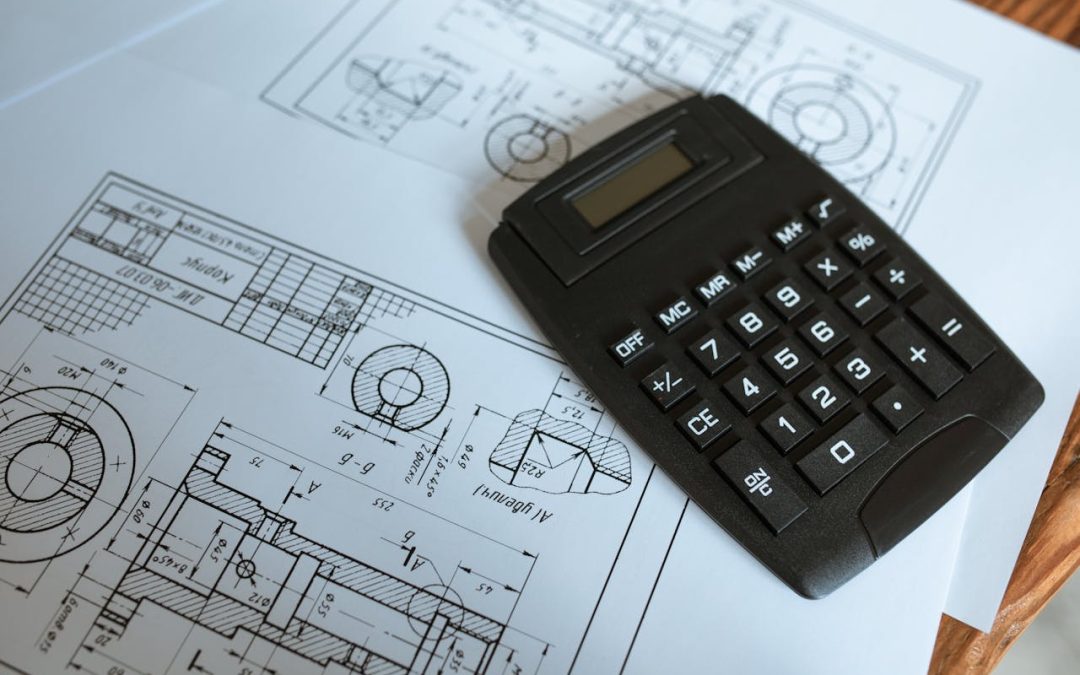In an era where efficiency, accuracy, and speed are paramount in the world of logistics and supply chain management, warehouse automation has emerged as a game-changer. It offers a myriad of benefits, from increased productivity to reduced labour costs. However, investing in automation is a significant decision, and businesses need to evaluate the Return on Investment (ROI) carefully. In this blog post, we will provide some guidance on how to calculate the ROI of warehouse automation, helping you make an informed choice for your organisation.
Understanding Warehouse Automation
Put simply, warehouse automation refers to the use of technology and machinery to streamline and optimise various warehouse processes, including storage, sorting, packaging, and order fulfilment. Common automation tools include conveyor systems, robotic pickers, automated guided vehicles (AGVs), and warehouse management systems (WMS). These technologies can have a significant impact on operations, but the upfront costs can be substantial.
Calculating ROI
Calculating the ROI of warehouse automation is a multi-faceted process that takes into account both the initial investment and the long-term benefits.
Here are the key steps involved:
1. Determine Initial Costs:
-
- Equipment Costs: Calculate the upfront costs of purchasing and installing automation equipment. This includes the cost of hardware, software, and any necessary modifications to your facility.
- Implementation Costs: Consider the expenses associated with integrating automation into your existing warehouse infrastructure. These may include engineering, installation, and training costs.
2. Estimate Operating Costs:
-
- Energy and Maintenance: Assess the ongoing costs associated with maintaining and powering the automated systems.
- Labour Savings: Determine the reduction in labour costs, including wages, benefits, and associated overhead, resulting from automation. Consider how many workers will be replaced or reallocated to different tasks.
3. Measure Efficiency Gains:
-
- Increased Throughput: Calculate the increase in the number of orders processed or goods handled per hour or day.
- Reduced Errors: Quantify the reduction in order picking errors and the cost savings associated with fewer returns or rework.
4. Analyse Space Utilisation:
-
- Evaluate the space savings achieved through automation. This can lead to potential cost savings on storage and leasing expenses.
5. Assess Inventory Management:
-
- Automation can improve inventory accuracy, which reduces carrying costs and the risk of overstock or stockouts.
6. Quantify Customer Service Improvements:
-
- Consider how automation enhances customer satisfaction and loyalty. Happy customers may lead to repeat business and referrals.
7. Calculating the ROI:
A simple and common way to calculate ROI is to divide the net benefits (benefits minus costs) by the total costs, and multiply by 100 to get a percentage. For example, if your net benefits are $100,000 and your total costs are $50,000, your ROI is ($100,000 – $50,000) / $50,000 x 100 = 100%. This means that for every dollar you invest in automation, you get back two dollars in return. You can also compare your ROI with your payback period, which is the time it takes for your benefits to equal your costs.

Factors to Consider
When calculating the ROI of warehouse automation, it’s essential to consider several factors:
-
- Payback Period: Determine how long it will take for the investment to pay for itself. A shorter payback period is generally more desirable.
- Risk and Uncertainty: Be mindful of potential risks, such as technology obsolescence, changes in customer demands, or unexpected maintenance costs.
- Scalability: Consider whether the automation system can adapt to your business’s changing needs and growth.
- Competitive Advantage: Assess how automation can position your company competitively in the market and whether it can drive increased revenue.
ROI Calculation Table for Warehouse Automation:
| ROI Component | Calculation | Annual Value | Number of Years | Total Value |
| Initial Costs | ||||
| Equipment Costs | Cost of automation hardware and software | $_________ | _______ | $_________ |
| Implementation Costs | Integration, engineering, installation, training | $_________ | _______ | $_________ |
| Operating Costs | ||||
| Energy and Maintenance | Power, maintenance, spare parts | $_________ | _______ | $_________ |
| Labor Savings | Reduced labor costs (wages, benefits, overhead) | $_________ | _______ | $_________ |
| Efficiency Gains | ||||
| Increased Throughput | Additional orders processed per year | _______ | _______ | $_________ |
| Reduced Errors | Cost savings due to fewer errors | $_________ | _______ | $_________ |
| Space Utilization | ||||
| Space Savings | Reduced storage or leasing expenses | $_________ | _______ | $_________ |
| Inventory Management | ||||
| Improved Inventory Control | Carrying cost savings, less overstock/stockouts | $_________ | _______ | $_________ |
| Customer Service Benefits | ||||
| Improved Customer Satisfaction | Increased repeat business, referrals | $_________ | _______ | $_________ |
| ROI Calculation | ||||
| Net Gain from Investment | (Annual Benefits – Annual Costs) x Years | _______ | $_________ | |
| ROI Percentage | (Net Gain from Investment / Initial Investment) x 100 | _______% |

Conclusion
Calculating the ROI of warehouse automation is a complex but necessary task for any business looking to enhance its operational efficiency. By carefully evaluating the initial costs, ongoing expenses, and the numerous benefits, you can make an informed decision about whether automation is a wise investment for your organisation. Remember that automation is not a one-size-fits-all solution, and the ROI can vary based on your specific circumstances. A well-thought-out analysis will help you maximise the potential benefits and drive your business forward in the increasingly competitive world of logistics and supply chain management.

